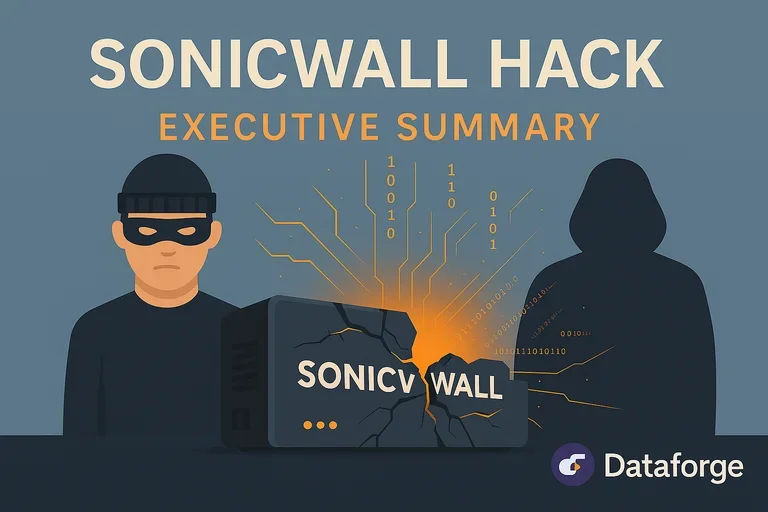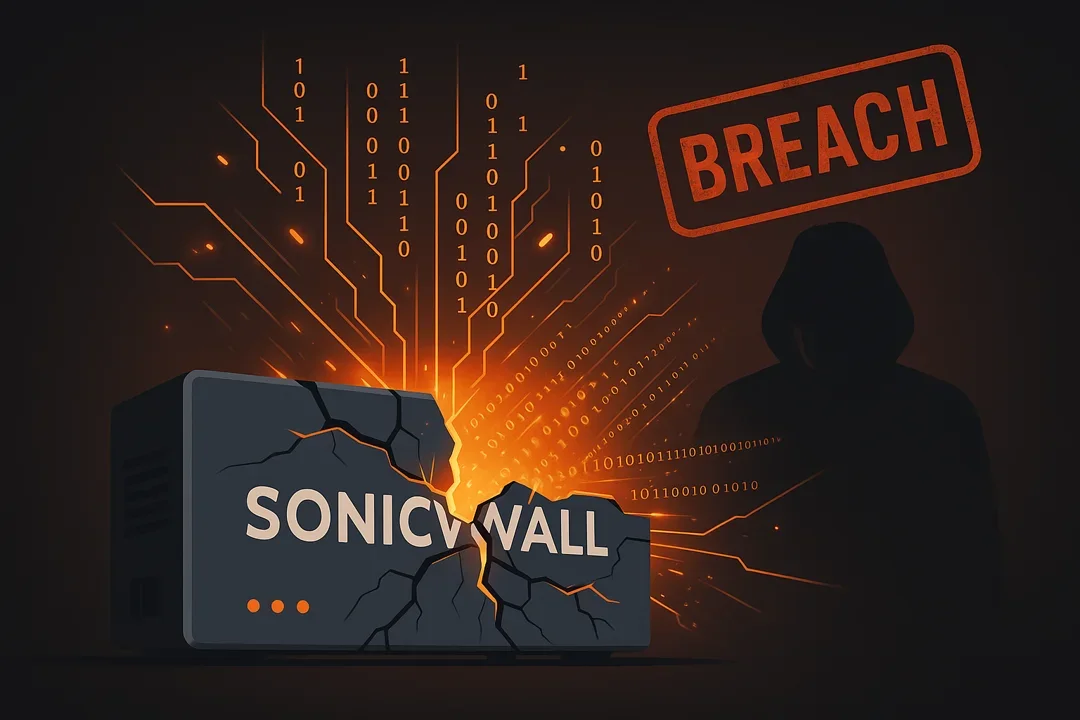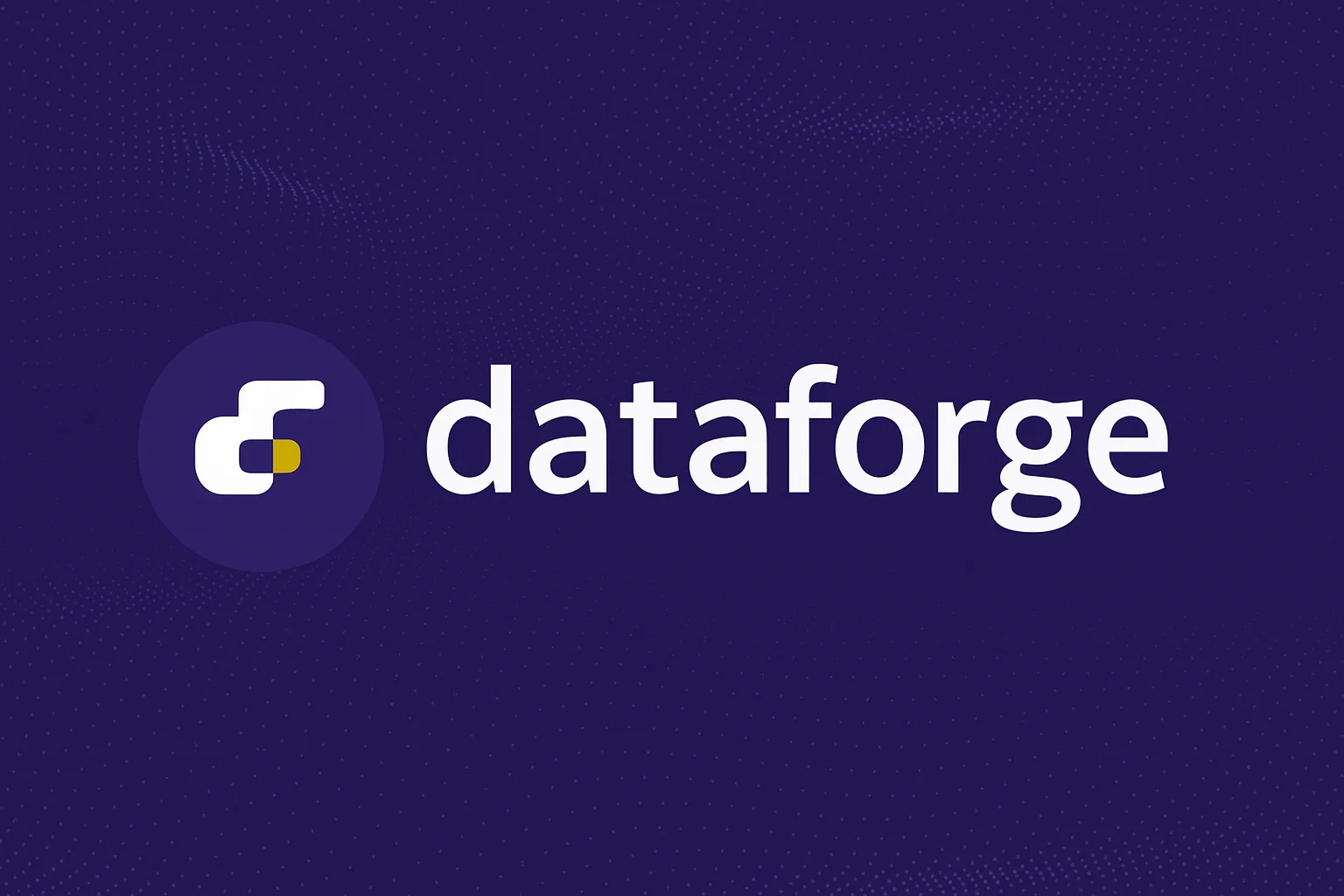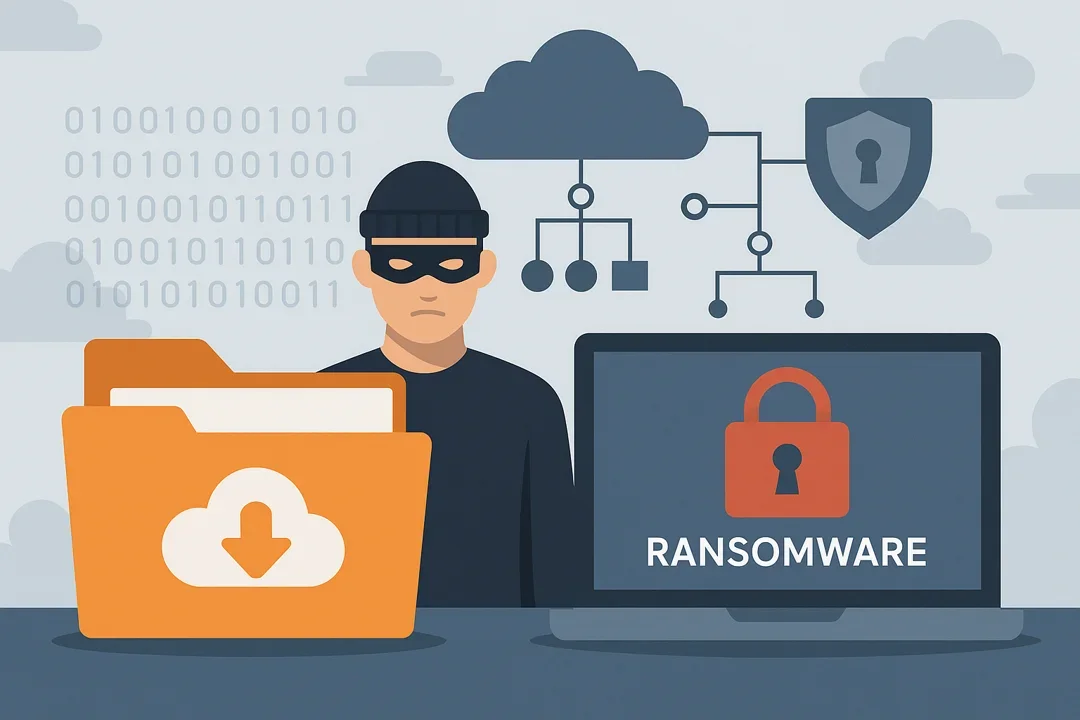SonicWall Breach: Cloud Backup Leak & Lessons in Vendor Security
SonicWall Breach – What Happened and What It Means
Hackers broke into SonicWall’s online backup service, part of their SonicWall cloud backup system.
This is a reminder of why we have to be careful when using “convenient” third-party systems, especially when they hold critical network data outside our control.

What Happened
Hackers breached SonicWall’s cloud backup platform, the system many businesses used to store copies of their firewall and network configurations.
They were able to download backup files from every customer using that service.
Those files contained sensitive information such as:
- Internet gateways and routing details
- Passwords and authentication keys
- Remote access rules and VPN settings
In short, the breach exposed a firewall configuration leak — effectively giving attackers a map of each company’s network security setup.
This wasn’t a small incident. It’s now confirmed that all SonicWall cloud backup users were affected, and the investigation (led with Mandiant) showed that attackers accessed configuration data stored across the vendor’s servers.
Why This Matters
When hackers know how a network is built, breaking in becomes far easier.
It’s like having the blueprint of a building along with the master keys.
Following the SonicWall breach, attackers began targeting companies through their SonicWall VPN systems, leading to multiple SonicWall VPN hack incidents and even ransomware outbreaks.
This shows how dangerous a third-party backup risk can be.
When one cloud vendor gets compromised, thousands of businesses can be exposed all at once.
Why “Convenient” Isn’t Always Secure
The idea behind vendor-managed backups sounds great — effortless, automatic, and out of sight.
But when that backup system is hosted by the same company that built the firewall, it becomes a single point of failure.
These third-party backup risks are often underestimated.
If the vendor’s infrastructure is breached, the attacker instantly gains access to everything: firewall rules, VPN credentials, and sometimes even encryption keys.
My Comments
It’s extremely difficult for large organizations to defend against these kinds of threats.
They’re big targets, with thousands of devices, users, and moving parts — and that makes them hard to protect.
At Dataforge, we take a different approach.
When we built our Managed Hardware and Backup Services, we decided from the start to design our own backup systems — not rely on third-party cloud backups. Every piece of customer equipment is:
- Backed up using our in-house software
- Stored on our own internal infrastructure
- Monitored by a small, dedicated local team
We don’t send our clients’ configuration data into someone else’s cloud.
Instead, we keep control, transparency, and security in-house.
Let the big companies build the products — but keep your support small, local, and responsive.
Monitoring
At Dataforge, we’ve built not just software, but a proactive security culture.
Our systems constantly monitor vendor advisories, and any equipment with known vulnerabilities is patched immediately as part of our managed service.
Takeaway
The SonicWall incident shows how one weak link — a centralized cloud backup service — can open the door to global compromise.
The best defense is still local control, transparent architecture, and trusted partners who take responsibility for your data.
Post Images
Click to view larger




